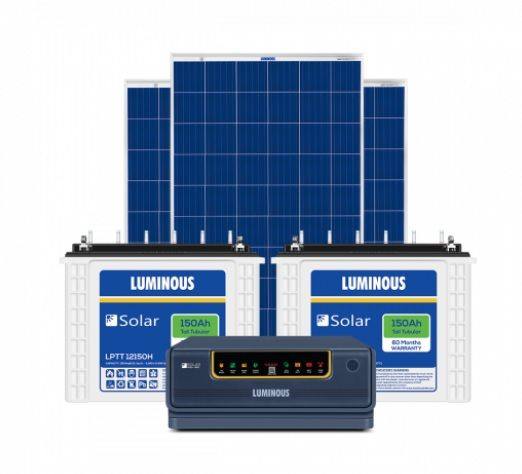
A Solar Inverter is a device that converts the direct current (DC) from the solar panels into alternating current (AC) which is used by domestic and commercial appliances. It is one of the most critical components of the solar power system as it converts power from the sun into more useful energy and is often referred to as the brain of a solar system. Solar inverters are a crucial part of a solar system since power from the sun cannot be directly used to run electrical appliances. Starting out as just boxes converting DC into AC, today, solar inverters have evolved to become much more smart and intelligent units, performing other functions such as data monitoring, advanced utility controls, etc.
A much-known function and description of the inverter is to convert the DC current into AC current by using SMPS module or thyristor-based pulse converter technology. The converted DC to AC current by inverter will run all the electrical appliances in the house after the power goes out. Solar Inverters in India are mostly imported through a few domestic and international manufacturers that have set up manufacturing operations in India. String inverters can be used for both rooftop and utility solar, while the central inverter is used exclusively for utility-scale applications. Microinverters are the best option for residential solar but they are not yet very popular in India.
VA defined the rating of Inverter. Most of the electrical rating defines in terms of voltage and current (VA) because of AC power factor of current is decided by the load connected. AC Power = V X I X pf. Since the load power factor is not known while the Electrical equipment is manufactured, that’s why the rating of Transformer and other equipment is defined in VA instead of Watt.
In India, approximately 1crore inverters are selling every year in India. Inverters are being sold which have both normal inverters and solar inverters. A normal inverter means that it will be used for charging of the battery by using electricity only, whereas a solar inverter has the facility of both electricity and solar charging of the battery.
Based on the required load and space availability for Solar System, you can choose the Solar Inverter. There are the following Solar models described here to understand the working function & that will help you out to choose or invert on the solar inverter.
Basically, three models are there to understand the solar function.
Inverters can be broadly classified into three major types:
i) Off-grid/ Standalone inverters– works independently off the grid and requires battery storage
ii) On-grid/ Grid-tied inverters– are dependent upon the grid
iii) Hybrid inverters – incorporate both battery and grid connection and have an inbuilt solar charge controller
Grid-tied solar inverters are further categorized into micro, string, and central inverters.
The most common, low-cost, economic, and better operation we use Grid interactive/ connected system. This system will operate only when both solar and grid power is available & the first load feed from solar & balance will be imported from the grid. If case of excess solar power is either exported or trimmed (No export). Based on the application of both the supply one as Main & other as Backup or as load sharing depend upon the conditions.
CONDITION-1
PV /Solar available & Grid available
PV Energy
Load supplied through PV Energy + Grid
In that case, both supply available and solar-generated power is lower than the required Load (due to low capacity of installed solar, heavy loads, space constraint for solar or due to budget issue) then first load feed though PV and balanced will feed on Grid supply.
CONDITION-2
PV available & Grid available
PV Energy> Load Requirement
Load supplied through PV Energy
In that case, both supplies available and solar-generated power is greater than the required Load that complete load will feed through PV, and excess supply will trim or feed to grid.
CONDITION-3
PV Not available & Grid available
Load supplied through Grid Energy
In that case, PV/Solar Power not available (during the bad weather, at night duration, or due to maintenance of PV System), and then complete load will feed through grid power.
CONDITION-4
PV Not available & Grid not available & Emergency DG available
Load supplied through Emergency DG set
This is the case in which required electricity very essential like Hospital, Office, Bank, Hotel, multistory apartment, etc. and PV/Solar Power, Grid power not available then emergency Diesel Generator (DG Set) will feed to complete load.
Advantages of Grid-Interactive/ Connected System
The drawback of Grid-Interactive/ Connected System
This is a battery-based system, and grid supply is not available basically this is used for remote areas or in which location where grid supply is not available as Backup supply during the night hours or rainy season. This is used for battery charging & load sharing during availability of the PV system & feed load through charged Battery during unavailability of the PV system refer below diagram.
Case –I During the availability of PV/solar system Battery will charge with the parallel of power supply to loads as shown in the below diagram with the flow of energy power.
Case –II During the unavailability of PV/solar system Battery will feed to loads as shown in the below diagram with the flow of energy power.
The drawback of Grid-Interactive/ Connected System
This is similar to the Grid-connected Model, In which multiple sources of supply such as solar/PV, Grid, Battery Storage, DG set, Hydro plant any other power source connect parallel to feed load.
This is a complicated system and is not used at the domestic level. Synchronization is required between all connected systems and loads.
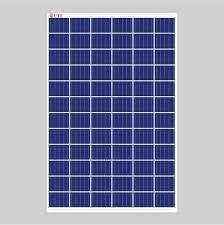
Solar energy is the light, and heat radiated from the Sun. On earth, to have the existence of human life, along with, oxygen and water - heat & light become essential and the source of these is the sun.
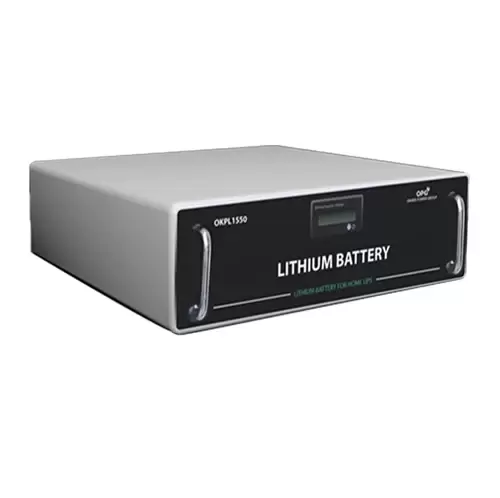
Batteries that have lithium as their anode is called lithium batteries. The charge moves from anode to cathode during discharge and cathode to anode during charging. Lithium batteries were introduced way back in the 1980-the 1990s.
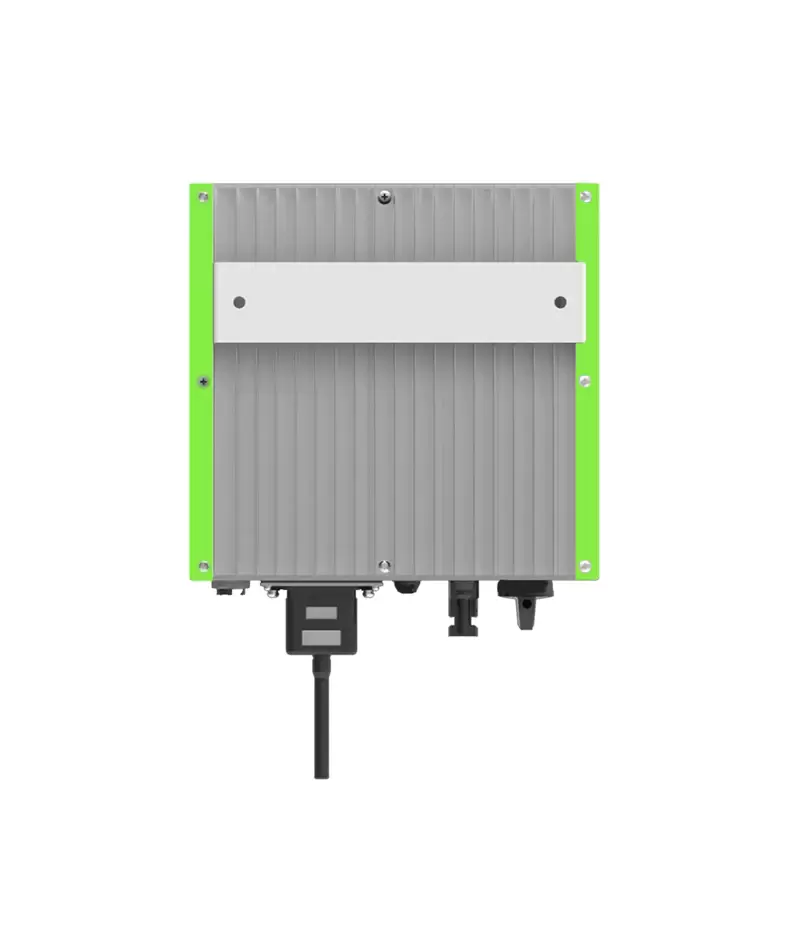
Solar Grid Tied Inverters are powerful inverters that converts direct current (DC) electricity into alternating current (AC), It is also called On grid system which works without battery.
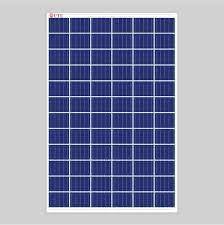
Off grid solar system or off grid solar kit can develop your house or enterprise electrical necessities in absence of leaning on an electrical grid. To reach entirely off-grid, you’ll demand an approach that is enormous sufficiently to nurture your home’s energy utilization necessities, ahead
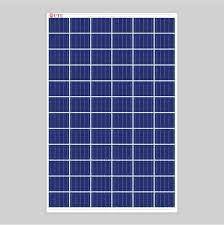
Sunpower solar panels are designed to be distinct, & confirmed to be better useful across more useful than five cell generations, 3.5 billion cells & 33 million panels, actual in the considerable difficult of circumstances. Conventional solar cells renounce power over time due to corrosion & breakag
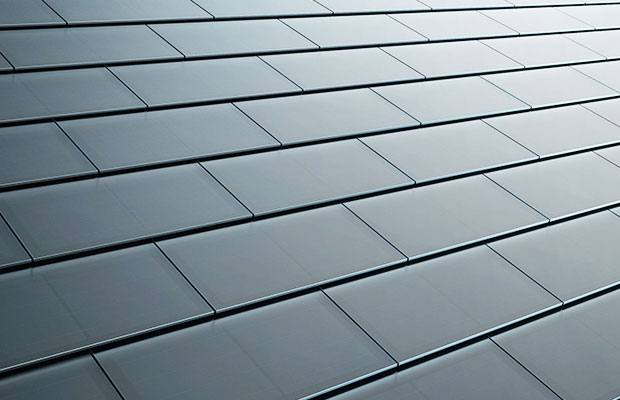
Solar roof tiles or Solar shingles, are assembled of thin photovoltaic (PV) sheets that each of two cover & substitute the current shingles on a roof. They immerse sunlight & transform it into electricity. By depending on this approach of energy as objected to electricity, for illustration, house ow